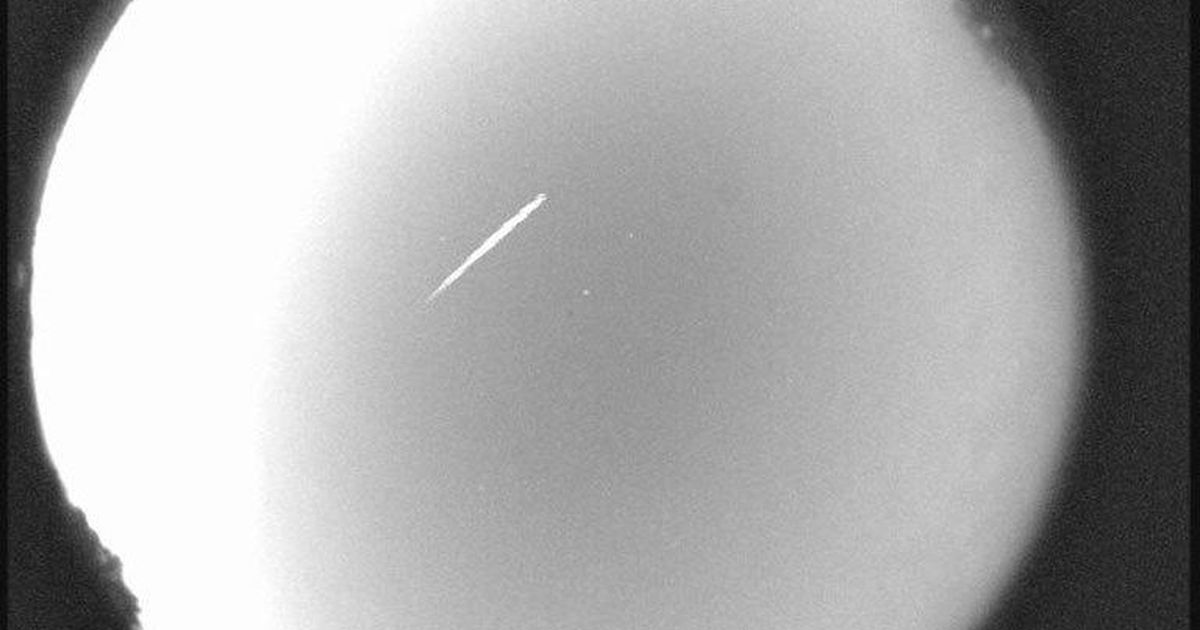
Eta Aquarids meteor shower about to peak: How to watch the sizzling show
An Eta Aquarid meteor seen over Georgia in 2012.NASA/MSFC/B. CookeJust a few weeks after the Lyrids lit up the night sky, the Eta Aquarids meteor shower is putting on its own spectacular show. This annual meteor shower is slightly more dramatic for skywatchers in the southern hemisphere but is worth looking out for from pretty much anywhere.The source of the show is Halley's Comet, one of the more famous space snowballs around, especially for Gen Xers and older millennials who might remember its last tear through the inner solar system in 1986. It won't return again until 2061, but each year around this time Earth drifts through the cloud of dust and debris left behind from its previous visits. These little bits of cosmic detritus burn up in our upper atmosphere, creating the so-called shooting stars we call the Eta Aquarids meteor shower. The shower officially became active around April 19, according to the American Meteor Society, and could produce visible meteors through most of May. However, the ideal time to look for these meteors will be during a week-long window running from about three days before until three days after the shower's peak, which is roughly in the early morning hours of May 5. AMS predicts that the shower could produce 10 to 30 meteors per hour in the hours leading up to dawn during that week-long stretch.It's not necessary to focus on a certain section of sky to see these meteors. The Eta Aquarids are known for being swift and tracing long trains across the sky as they flame out. The best approach is to venture out in the early morning at a location away from light pollution and with a broad view of the sky. Find a place to lie on your back, allow your eyes to adjust and then simply relax and watch. Happy spotting! Follow CNET's 2021 Space Calendar to stay up to date with all the latest space news this year. You can even add it to your own Google Calendar.
……Space
Comments
Leave a comment in Nestia App